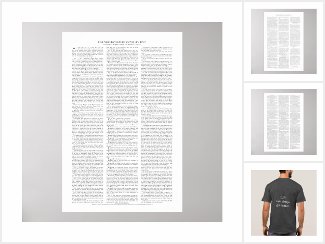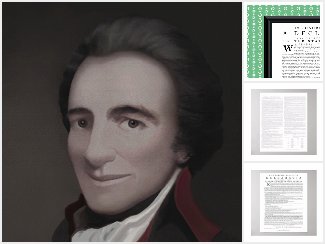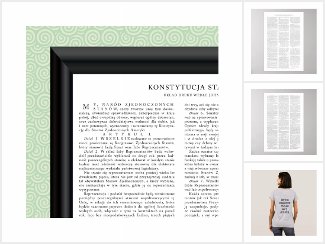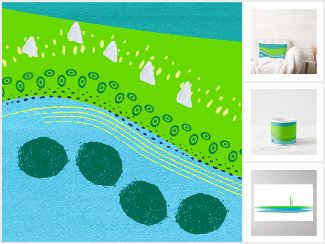Language and speech are much about time. When we read, talk, or write, we usually think if the thing is about matters, people, or other objects of thought that — are, were, or will be. We use grammar for the Present, Past, or Future.
However, we cannot touch time. Nobody is able to see or hear time. Clocks can show values only as we set them, and grammatical time is not the same thing as the hour. How can we learn the grammatical time, then? To an extent, we may think about time together with place.
Let us reason on how we people use language; it can show some of the mind skills to organize own thought. Human minds have a flexible habit to connect time and place. All languages allow some words, as before or after, for both time and place: we could say before that turn, for a place, and after ten, for a time.
“After ten” says “after the time”.
“After the turn” says “after the place”.
People have evolved grammars along with perception for earthly space. This perception works with grammar also today; it can help keep things simple where we do not need complexity.
Natural fields usually give people impressions about time, as of the seasons, blossoming, or crops.
On a hike, with computer graphics or otherwise, let us envision three fields we could name the PAST, PRESENT, and FUTURE. Our imagination can be abstract as well. It is enough we manage as in fields, for the grammatical time.
We may associate fields, knowledge, and light. Knowledge needs memory.
PAST things happen to go into oblivion, as the learning matter we do not review or work with. For our PAST field of time, we can envision the light as with a clear afternoon: it is not too late to get back with the matter.


We do not have memories of the FUTURE, but we can plan our learning. For our FUTURE field, the shine can be as with sunrise.
It is our PRESENT we have the most potential to shape. In our PRESENT field, the sun is high and daylight broad.

Coming soon
Is grammar hard work only? — Wrong.

■ Grammatical Past, Present, and Future;
■ the Simple, Progressive, and Perfect;
■ infinitive, auxiliary, and head verb forms;
■ the Affirmative, Interrogative, Negative, and Negative Interrogative;
■ irregular verbs and vowel patterns: high and low, back and front.
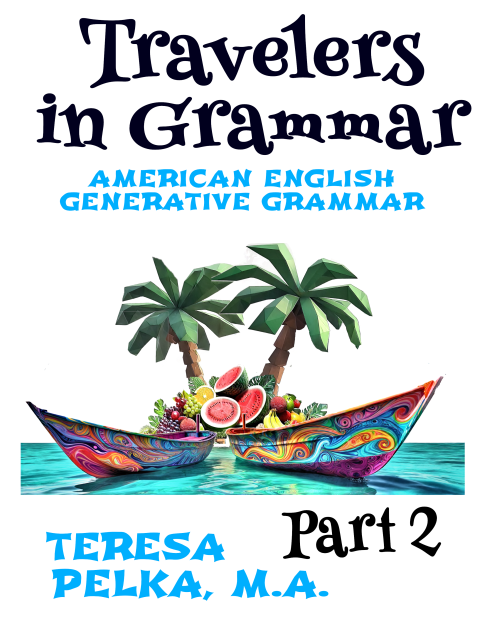
■ The Simple versus the Perfect;
■ the Simple versus the Progressive;
■ the Perfect Progressive;
■ Modal verbs;
■ cognitive frames for the real time or Modal verb talk;
■ The Conditional, The Unreal Past — or Language Form Relativity.
We can picture a word that matters a lot in grammar as well as in life, the verb to be, for the PRESENT, PAST, and FUTURE fields of time.

There are other verbs to matter much in grammar and life, as to have and to do. We can picture them in fields along with ideas for skies and landscapes — with the website ■FREE VISUALS.

Some English grammar books have forms as Future in the Past or Unreal Past. We can hold on to our three fields: whether we make theory, talk figuratively, or joke, we anyway refer to the past, present, or future.
In Travel ■PART TWO, we do real-time figurative talk.
We write the Present, Past, and Future with big letters for the grammatical time. Small letter time is regular life and literature.
ADVERTISEMENT
Spring Flowing Colors
What do we do, to put words in fields of time? We join our thinking about the grammatical time and the grammatical person.
“Grammatical persons” are words that tell about human beings, or things, events, or other objects of thought. They also can refer to fictional characters or objects, as people in stories do not have to be real, either.
Pronouns are words that can stand for grammatical persons. The words I, you, we, they, he, she, and it are personal pronouns. We can think about –s as the feature for the pronouns he, she, and it in our PRESENT field of time.

We could say that he is someone, he has something, or he does something.
Similarly, we could say that she is someone, she has , or she does something.

The feature –s holds only for the grammatical singular, that is, single persons, creatures, things, events, or phenomena — in short, objects of thought — in the grammatical PRESENT.
How important are our three words, be, have, and do? They can be our core grammar words. We can use them to map the grammatical time in language.
When the mapping becomes our habit and nature, we get more real time to think what we want to say. We do not need very much time to think how to put words in shape. Feel welcome to try the fields of time in ■PRACTICE.
■This text is also available in Polish.
1.1. Fields of Time: basic practice
We may think about mountains, oceans, or the cosmos as well, because the exercise is to imagine language form in fields generally. Language learning does not need limitation. The simple exercises are to help flexible habits that can work in advanced language skill. ■More
1.2. Mind practice: thinking on purpose
Silent thought is a great friend of language skill. We do not know a language really, if it does not belong with that inner competence. It is with practice that the brain together with mind makes associations for work on language trace features solely. ■More
ADVERTISEMENT
Book format in preparation.
In the first part of the language journey, feel welcome to consider a picture for
■ the grammatical Past, Present, and Future;
■ the Simple, Progressive, and Perfect;
■ infinitive, auxiliary, and head verb forms;
■ the Affirmative, Interrogative, Negative, and Negative Interrogative;
■ irregular verbs and vowel patterns: high and low, back and front.
Third edition, 2025.


Psycholinguistics
Linguistics
& Translation
Knowledge gains with good translation
■Public Domain
Translation. com
American English & Polish

Internet Archive,
the free text and image repository
■Feel welcome to use my free materials■
The posters are available to shop online as well.








